Step by step guide for beginners to create a great website using free html template.
It includes tutorials on prototyping, free animation and responsive designs. Get practical skills to create engaging and modern user experience to make an interave website.
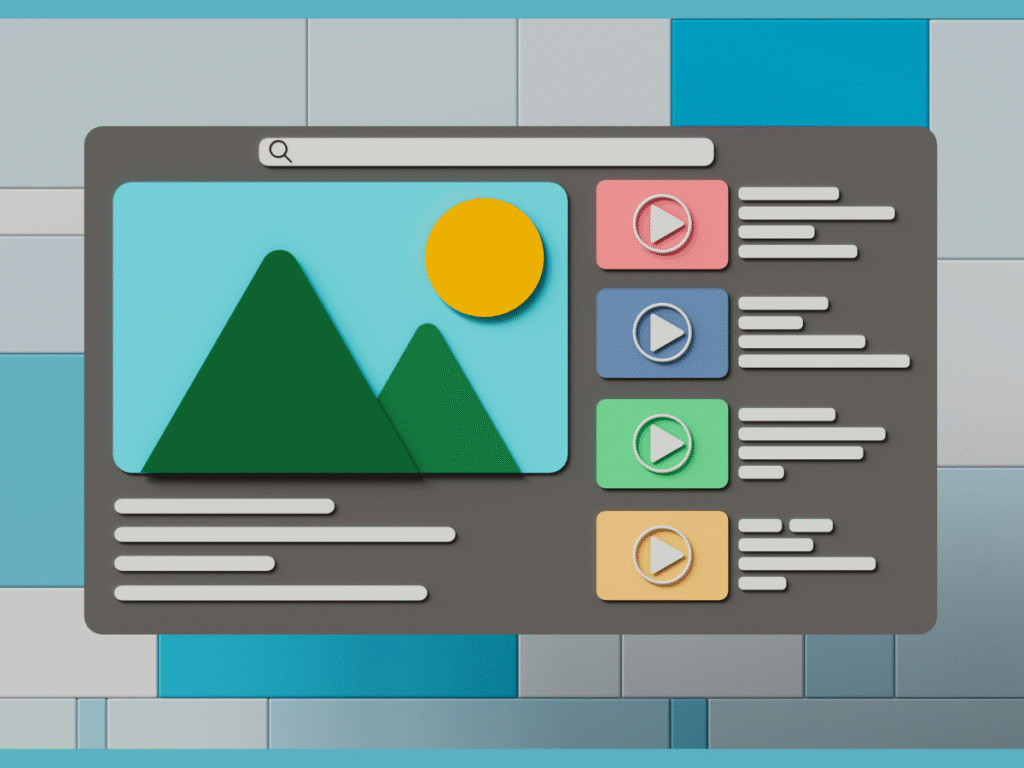
Do I need to be a developer to make a website?
To create a website you need 3 things: domain and hosting and a website template. When you purchase a domain and connect it to your hosting the next step is to create the website.
There are two methods to create a website one is to code & another is to use a premade template, you just need to install a free html template.
Define Good User Interface
Talking about the User interface then the most important element is UI design. UI has to be visually appealing, easy to use and consistent.
To make a website user interface you need to focus on 5 characteristics : Visual Elements, Consistency, Clarity, Responsiveness and Accessibility. All these elements will give a website a life. UI design helps a user to navigate the website and they will be directed towards the intent easily.
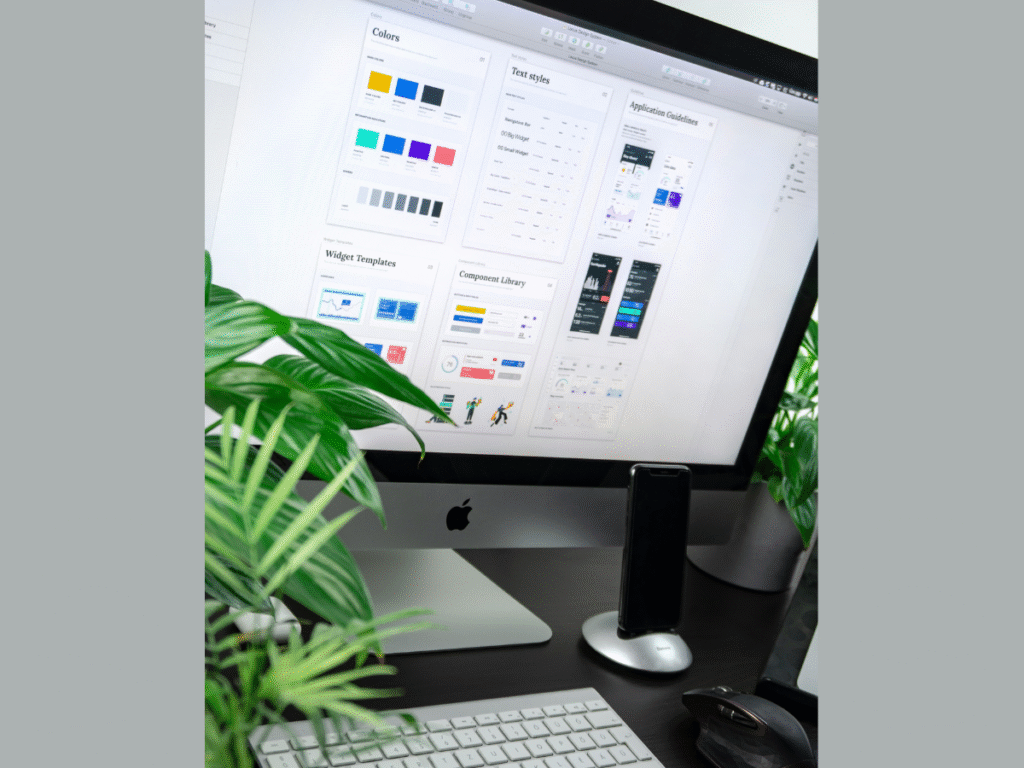
You can use the below matrix to make your website interface user friendly.
- Images and Videos
The user’s intent to surf your website will depend on his attention and readability.
To achieve this you need to have the best images and videos to make your website interactive. To add features to your website you need to have a good html template. - Buttons, Sliders and Pop Ups
Buttons, Sliders, and Pop-ups are the most important UI components. They are building blocks of UI Design and help users to interact with the website.
Types of Buttons
Primary Button → The main call-to-action (e.g., “Sign Up”)
Secondary Button → Alternative actions (e.g., “Learn More”)
Tertiary / Ghost Button → Minimal style, often just text or outline
Icon Button → Only an icon (e.g., heart ❤️, trash 🗑️)
Toggle Button → Switches states (e.g., ON/OFF, like/unlike)
Floating Action Button (FAB) → Circular, prominent (common in mobile apps)
Dropdown Button → Opens a menu when clicked
Loading/Disabled Button → Shows progress or is temporarily inactive. - Animation
There are 10 types of animations you can add to your website –
Loading animation
Hover animation
Scrolling animation
Microinteraction like a heart when you like a post on instagram
Page transitions
Parallax Scrolling
Animated backgrounds
Text animation
Menu and navigational animation
Illustration & Icon Animations.
All these animations help make it more interactive, to achieve this you need to add these elements in your template. - Website Speed
The loading speed of a web page is very important. The first impression of the website is the factor of how much time it takes to load the web page.The ideal time is less than 3 seconds or you will lose the sales and traffic.
To Increase speed your website design has to be efficient, your elements should not weigh down your website they should be simple but attractive. - Engaging Gamification
Creating a website with elements which feels like completing a level. It’s more engaging, motivating and enjoyable.
Gamification blends psychology with design like progress bars, streaks, interactive challenges and are habit forming.Websites like Duolingo and Linkedin are the prime examples.
What is User interface design?
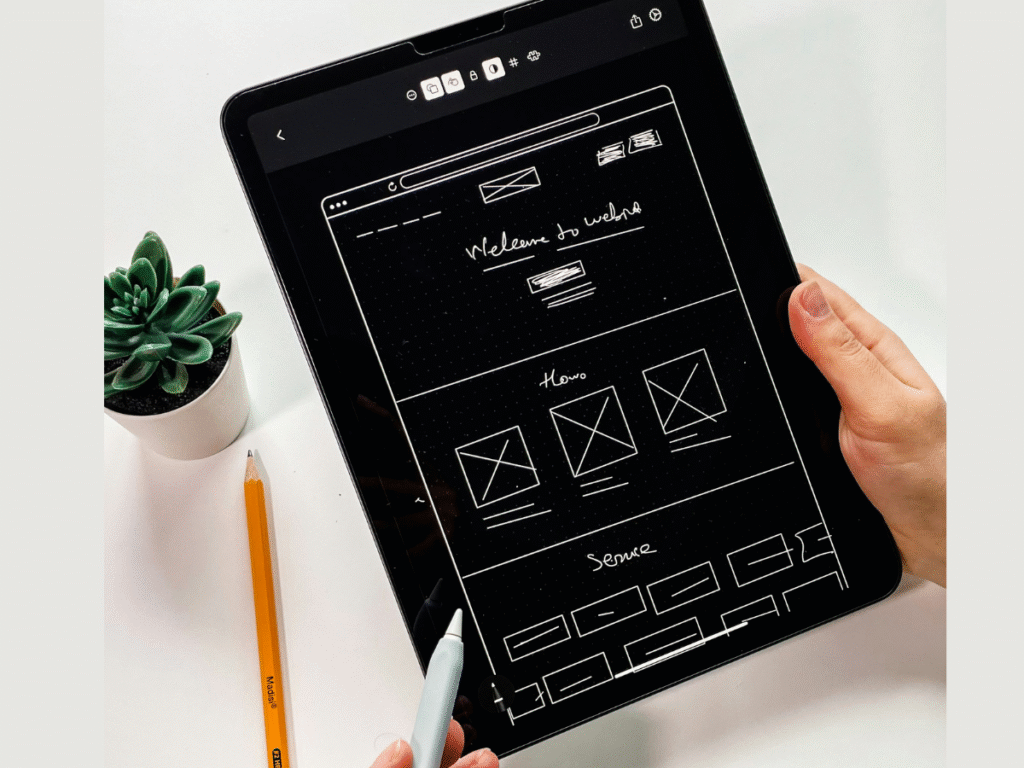
- User interface design is making a website or app – clear, attractive and easy to use while adding visuals and interactive elements.
- Visual design like icons, images, colours, typography are appealing and at the same time adds to the purpose.Following a design pattern throughout will make a website consistent and predictable. It builds trust and engagement.
- Clean Dashboards, easy to find buttons, checkout progress bars are part of the user interface and helps build user experience.
How User interface helps in user experience?
When every element of the user interface is easy to use, useful and gives a feel then the user experience is complete..
A button placed right where it is needed and stands out to indicate the user to perform the action gives the user an “experience”. For example a “Check Offers” button right above the Buy Now button gives users a good shopping experience.
In short if the website or an app is clean, fast and pleasant then the experience will be smooth, enjoyable and efficient at the same time.
How to make an interactive website using free html template?
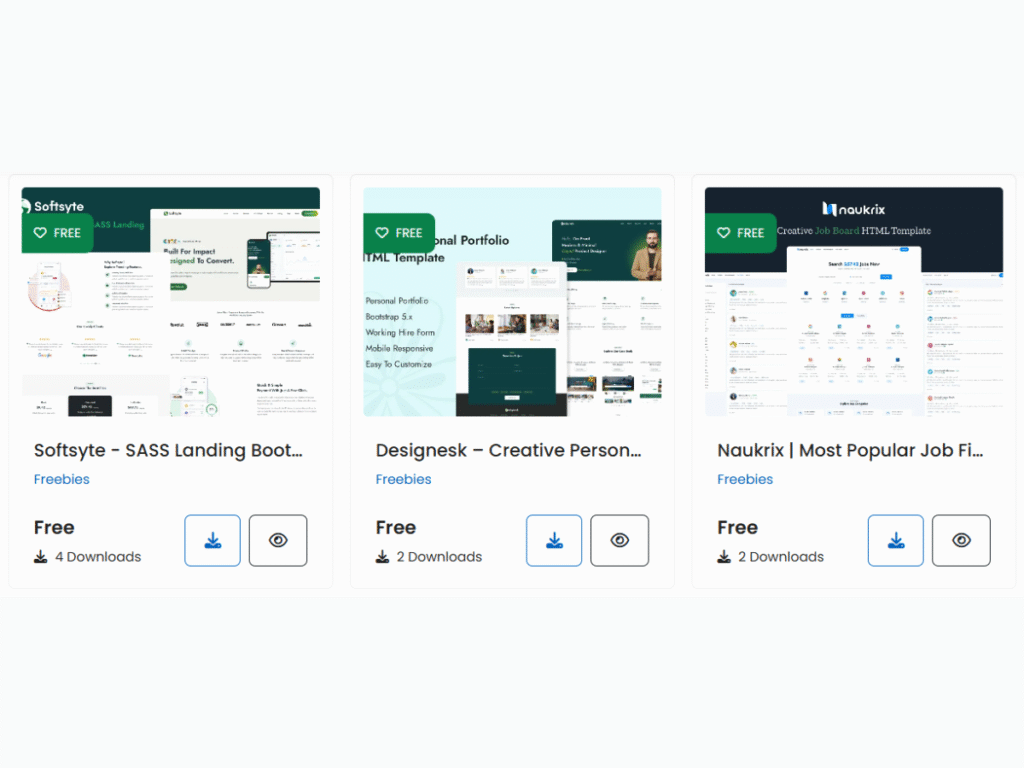
By reading this article we got to know what an interactive website looks and feels. To make it possible for your website you need to follow the below steps to make it happen for your website.
Go on bootstrapwire free template list and choose a template of your choice.
You can have a live preview of the template to experience it.There are free themes available on our website, this helps you build interactive websites which can increase your user experience and hence increase your conversion rate.
After downloading you need to use below methods to install the template There are mainly 2 methods to install the html template.
- CMS Platforms (like WordPress, Joomla, Drupal)
- Code Editors + Localhost (like VS Code, Sublime, Atom)
WordPress method
There are two realistic approaches depending on your goal.
Quick & simple: Keep the HTML files as static pages on your hosting
(Use when you don’t need WP integration — fastest)
On your hosting control panel (cPanel) or FTP, upload the extracted template folder to your site — either:
Root of your domain (public_html/) to replace the site, or
A subfolder (public_html/template/) to serve at example.com/template/.
If you have WordPress already on the same domain and want the HTML page visible, place it in a subfolder (e.g., example.com/static/) and link to it from your WP menu.
Pros: Zero conversion work. Cons: Not integrated with WP admin (you must edit files to change content).
VS Code method — run & edit the template locally
Perfect for previewing and editing a static HTML template before you deploy.
Unzip the downloaded fileRight-click the .zip → Extract. You should see index.html, css/, js/, images/ or similar.
Open the folder in VS Code
Open VS Code → File → Open Folder… → select the extracted template folder.
Install the Live Server extension (easy preview)
In VS Code Extensions, search Live Server (by Ritwick Dey) → Install.
Right-click index.html → Open with Live Server. Your default browser opens with a local URL (e.g. http://127.0.0.1:5500/index.html) and auto-reloads on save.
Edit files
Open index.html, css/style.css, etc. Make changes, save, and refresh (Live Server auto-refreshes).
If you change image filenames, update paths in HTML/CSS.
If you prefer a simple static server (no extension)
If you have Python installed:
In terminal cd into template folder and run:
python -m http.server 8000
Then open http://localhost:8000/ in your browser.(Works on macOS/Linux/Windows with Python.)
If the template uses server side features (contact form in PHP)
You’ll need a local server stack: XAMPP (Windows/macOS) or MAMP/WAMP.
Place the template folder inside XAMPP’s htdocs (Windows: C:\xampp\htdocs\yourfolder, macOS: /Applications/XAMPP/htdocs/) and visit http://localhost/yourfolder/.
Note: PHP form handling needs SMTP to send email — use test tools (Mailtrap) or configure SMTP.
Preview on different screens
Use browser devtools (F12) to test responsive breakpoints.
When ready to publish
You can upload the template folder to static hosts like Netlify, Vercel, or GitHub Pages (drag-and-drop or push to a repo). I can give exact steps if you want.
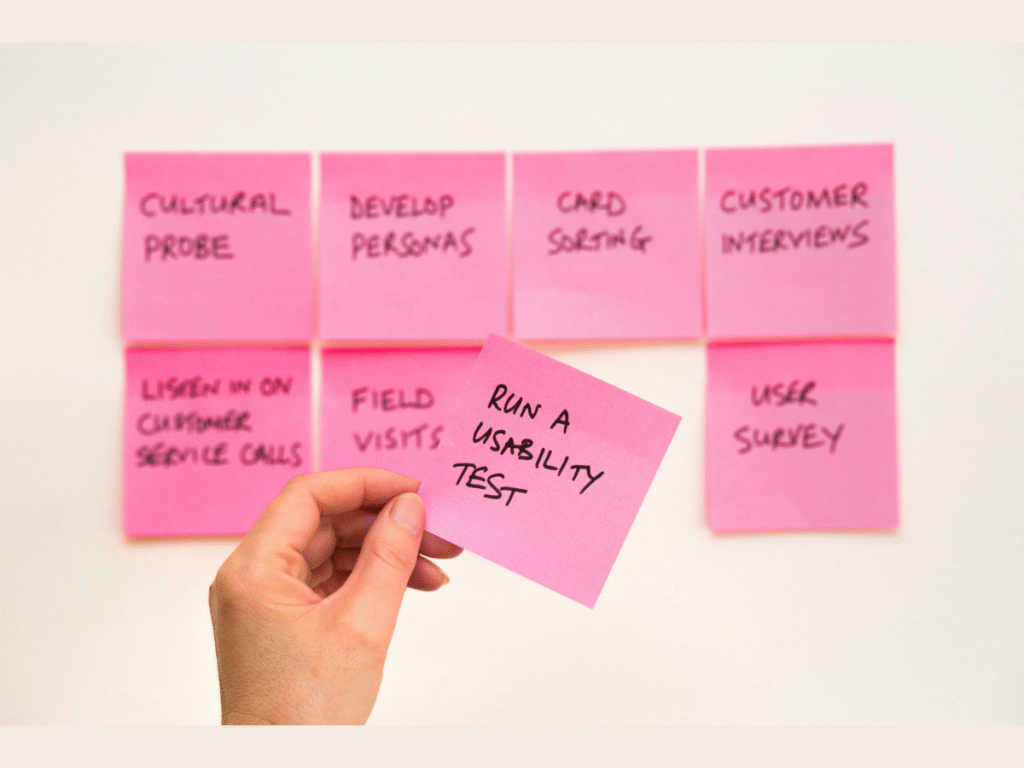
Combining all the factors of making your website clean and reponsive you need to make a plan. The plan should consider the sturucture of your website with right UI and UX design and fast loading pages.
Using a free HTML template and basic setup on wordpress can get your website started. To make it a more attractive you can add the elements mentioned in our article. The right UI design, animations, images and speed optimization can make your website user friently and appealing. You can learn more about the speed optimization in the this article. To add smooth sliders and buttons you can add simple code in css and for that you can go this page.

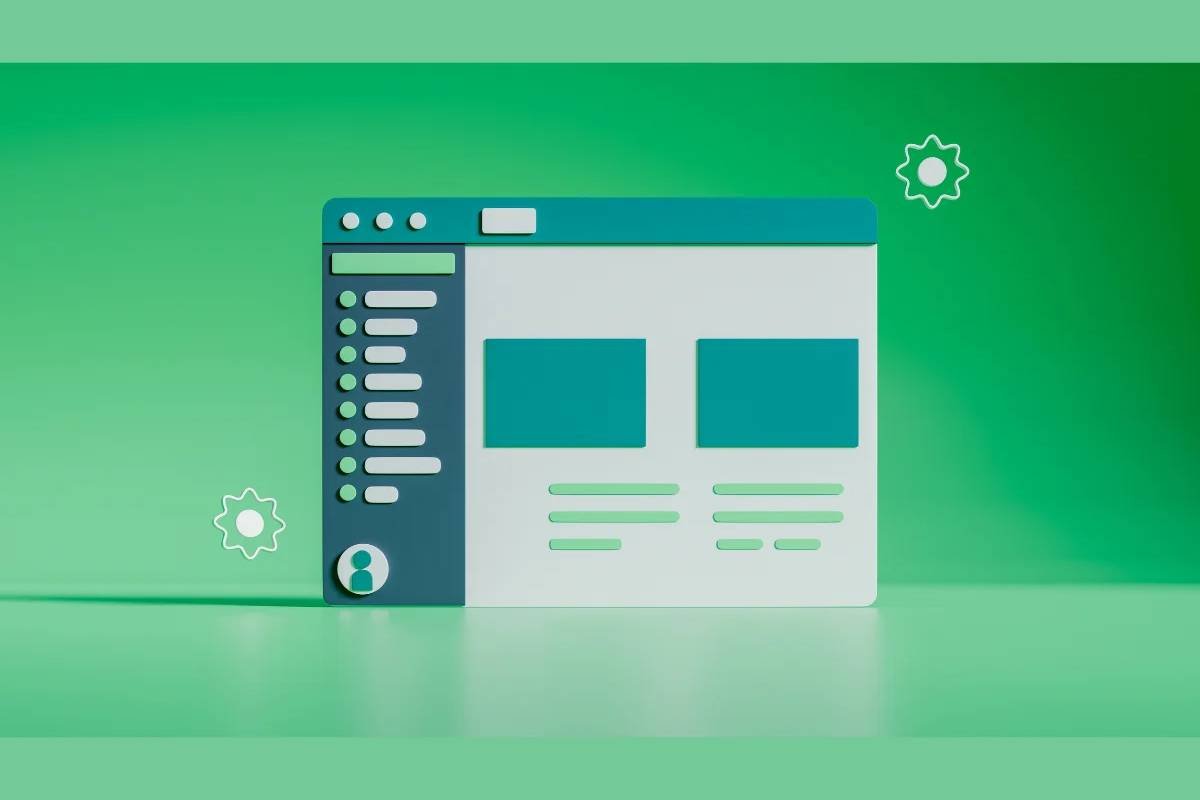

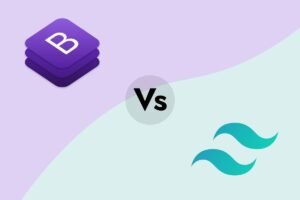
One thought on “How To Make An Interactive Website (Free Tools & Designs)”